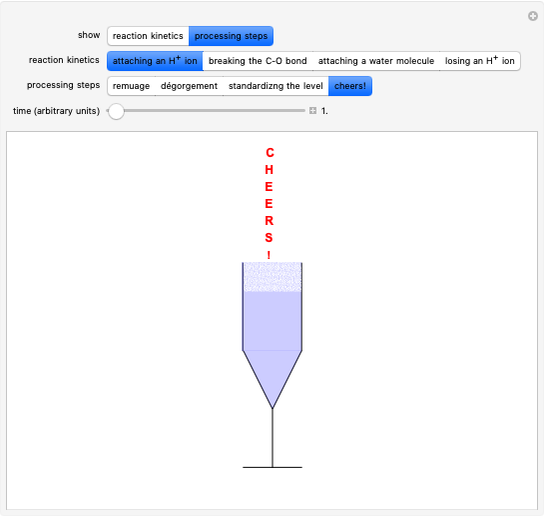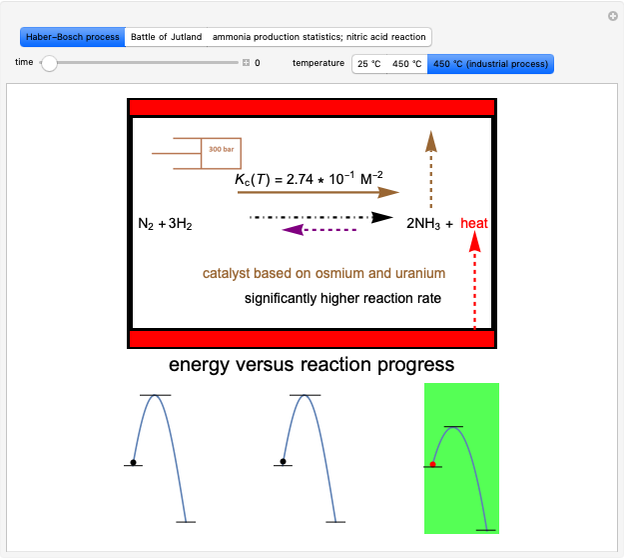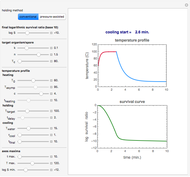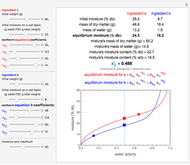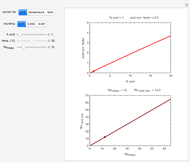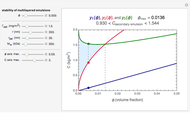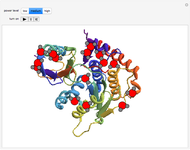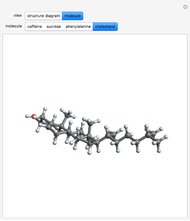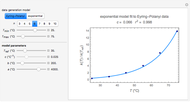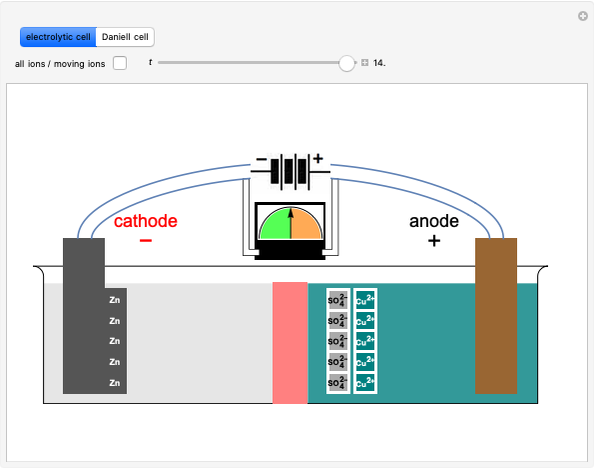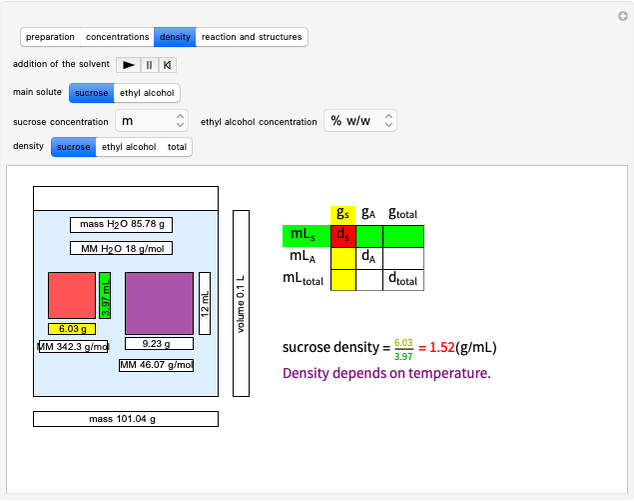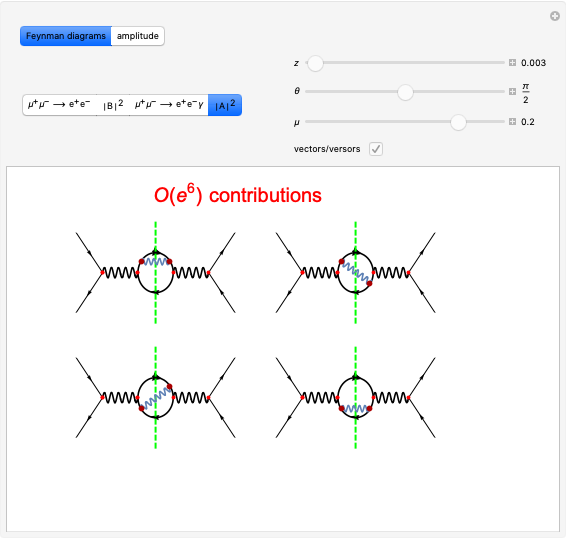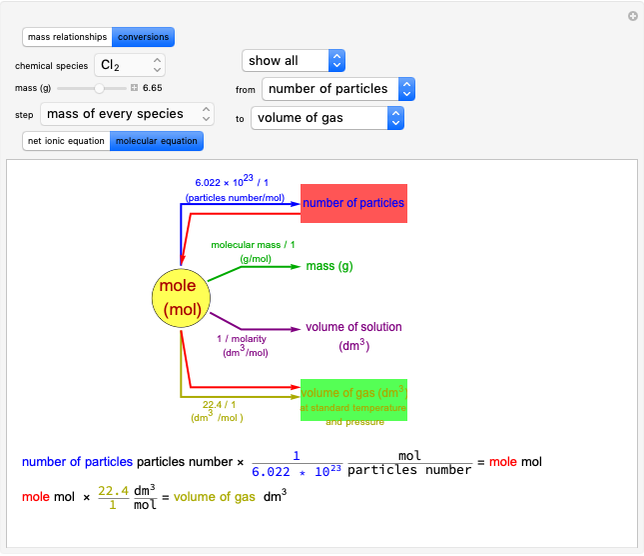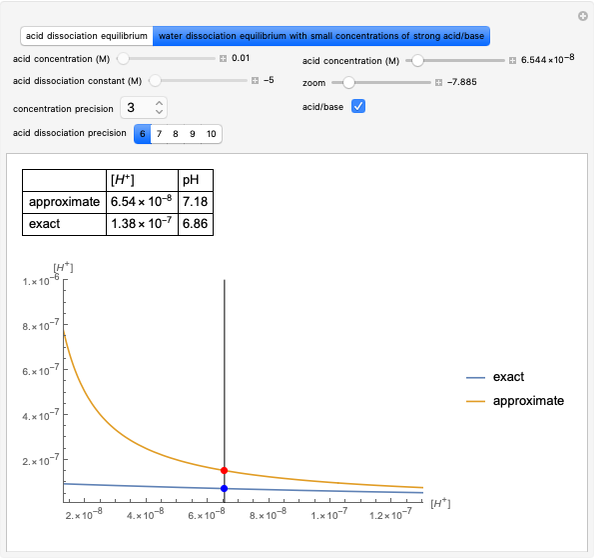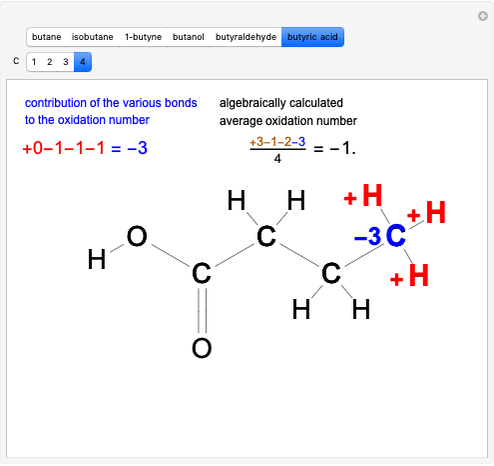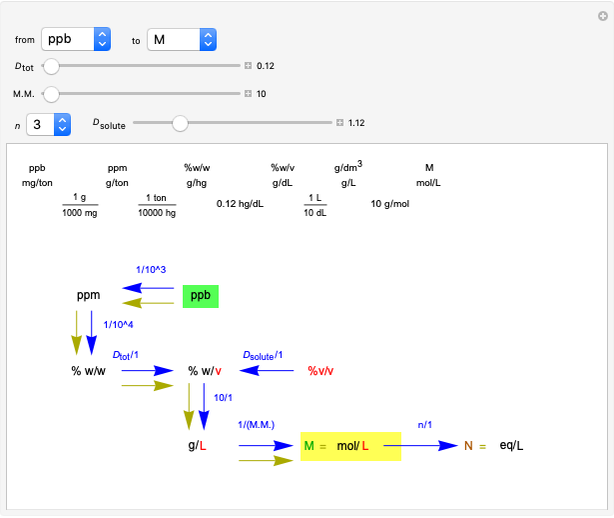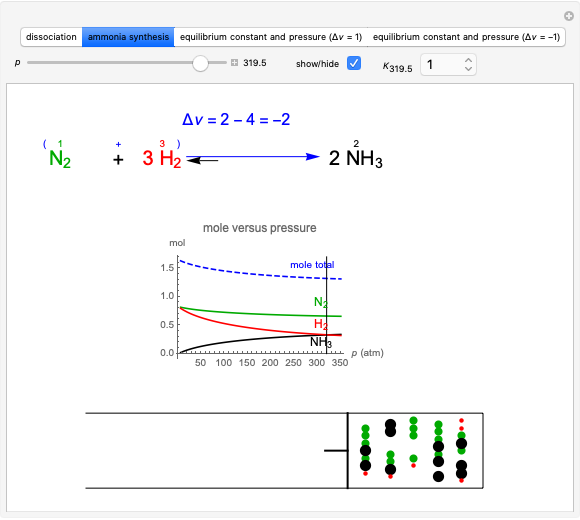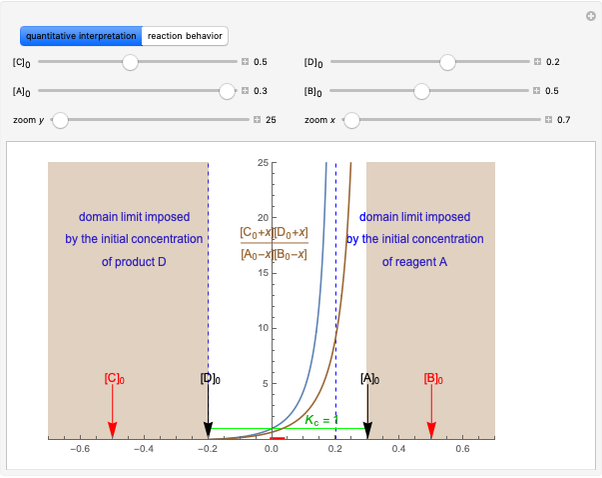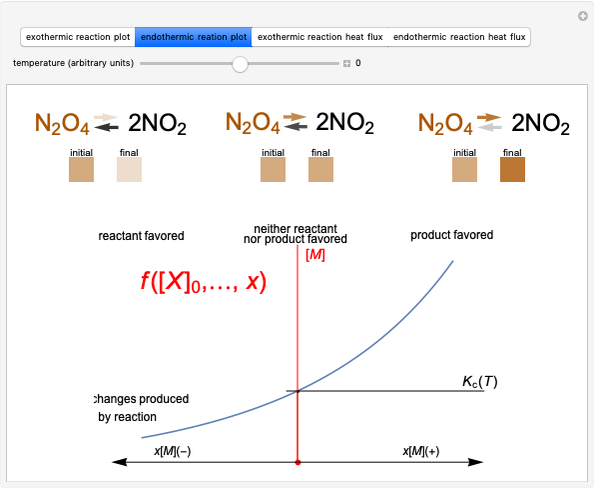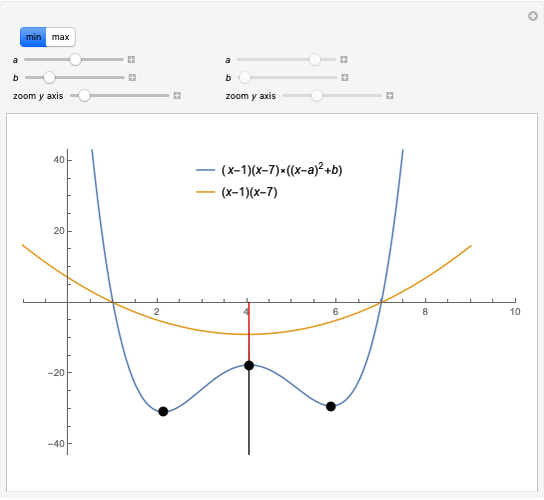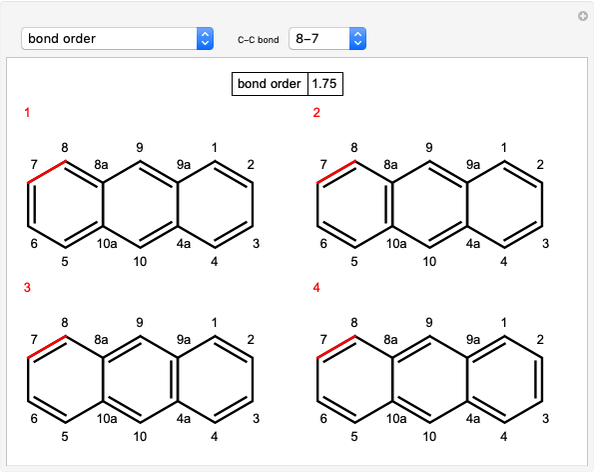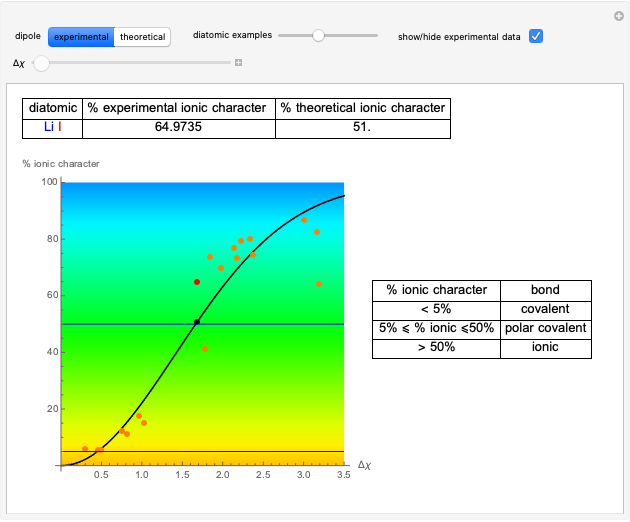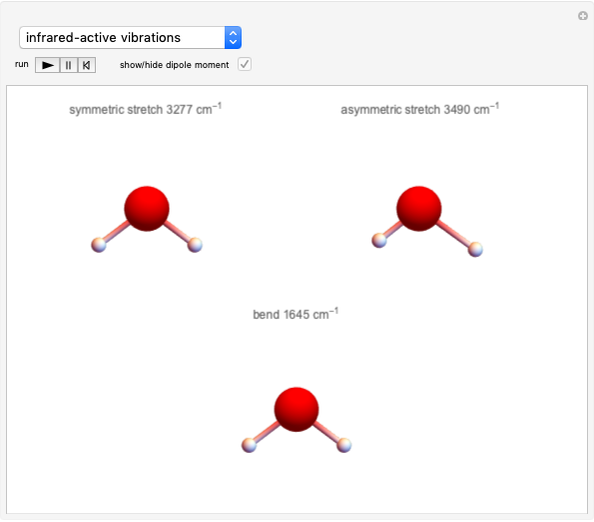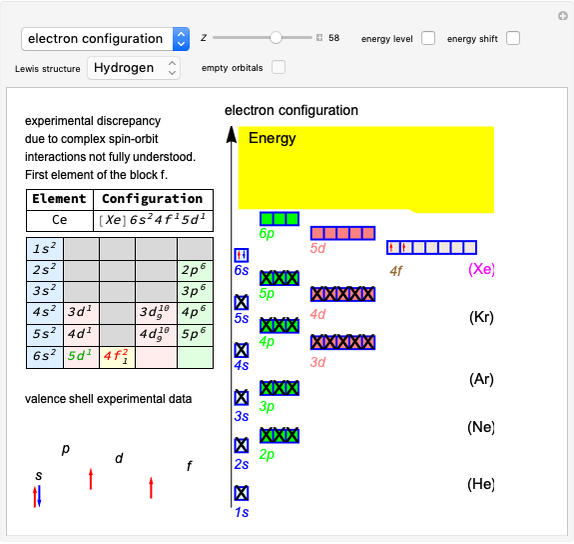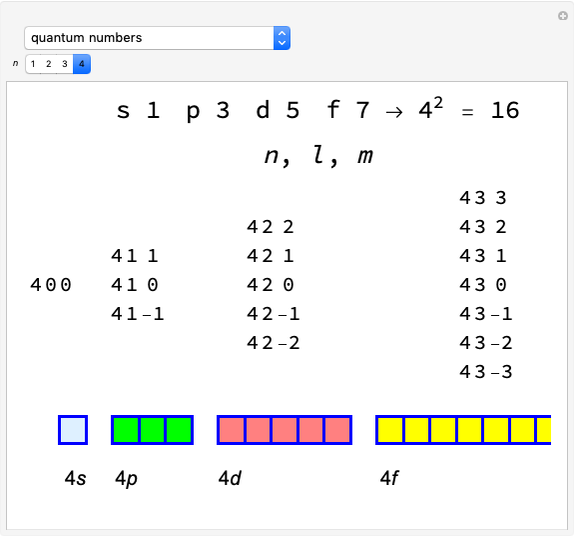Composition Changes during Processing of Asti Spumante Extra-Dry

Requires a Wolfram Notebook System
Interact on desktop, mobile and cloud with the free Wolfram Player or other Wolfram Language products.
"…Asti’s republic state. Proud victim of her slaughtered Goths and proud of Frederick’s wrath, she, Piedmont, gave to thee Alfieri’s stern new song,…" ("Piedmont" by G. Carducci). In reality, our land is also famous for an Italian white sparkling wine: Asti Spumante, a drink derived from fermented must [1].
[more]
Contributed by: D. Meliga, A. Ratti, L. Lavagnino and S. Z. Lavagnino (June 2021)
Additional contribution by: I. Deltetto (enologist)
Open content licensed under CC BY-NC-SA
Snapshots
Details
Common laboratory glassware is marked to show the liquid volume (mL). The weight is normally obtained using scales on which the glassware is placed. The mass and volume measurements are displayed laterally and below the rectangles representing ethyl alcohol, sucrose and the final solution. The molecular masses are shown under the masses of the pure substances. The mass of the water (the solvent), since it cannot be obtained directly, is shown at the top (together with its molecular mass).
Since the concentrations are always derived from a ratio, the necessary quantities inserted in the denominator are highlighted in yellow, those in the denominator in green; if they appear in both the denominator and the numerator, in orange; also the densities are a ratio so the same convention is used.
If no volume measurements appear in the report, the resulting concentration is temperature independent.
Snapshot 1: Making a solution up to volume by adding solvent until a predetermined value of the solution is reached. In this way the mass and volume of the added solvent cannot be obtained directly but the mass can be obtained by subtracting the masses of the solutes from the total mass, the volume instead using the definition of density.
Snapshot 2: The quantities necessary for the calculation of the alcohol content (% v/v); this concentration is not conserved, since the sum of the volumes of the substances present in the solution is different from the final volume:  . The % v/v depends on the temperature, since even if volumes appear in the numerator and denominator, the dilation coefficients of the solutes and of the solution are different.
. The % v/v depends on the temperature, since even if volumes appear in the numerator and denominator, the dilation coefficients of the solutes and of the solution are different.
Snapshot 3: The calculation of molality is the only type of concentration whose denominator does not include a quantity referring to the entire solution but only to the mass of the solvent (kg), as evidenced by the fact that this type of concentration is not inserted in the grid with the other concentrations.
Snapshot 4: The calculation of the mole fraction ( ); since the sum of all the moles of the substances present in solution must appear in the denominator, in the case of fermented must it would also be necessary to add moles of other substances such as mineral salts.
); since the sum of all the moles of the substances present in solution must appear in the denominator, in the case of fermented must it would also be necessary to add moles of other substances such as mineral salts.
Snapshot 5: Highlights the quantities needed to calculate the density of the solutes and the total of the solution and the relative calculation; these densities can be used as conversion factors.
Snapshot 6: The fermentation reaction is shown in the upper part of the window, which transforms sugars (fructose and glucose), naturally present in grapes, into ethyl alcohol; in the lower part the structure of the sucrose molecule added to produce the second fermentation appears.
References
[1] Wikipedia. "Asti Wine." (Jun 13, 2021) en.wikipedia.org/wiki/Asti_wine.
[2] P. M. Lausarot and G. A. Vaglio, Stechiometria per la Chimica generale, Padova, Italy: Piccin-Nuova Libraria S.p.A., 2005.
[3] R. T. Morrison and R. N. Boyd, Organic Chemistry, 3rd ed., Boston: Allyn and Bacon, 1973.
Permanent Citation









